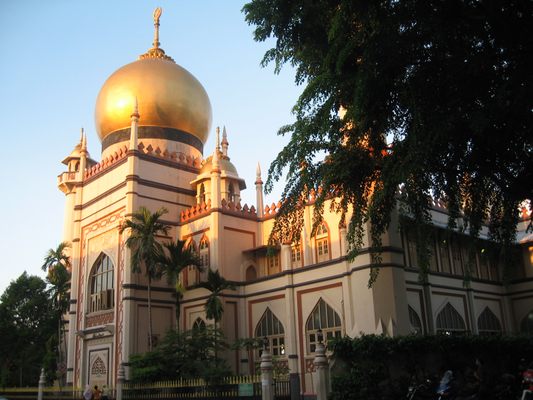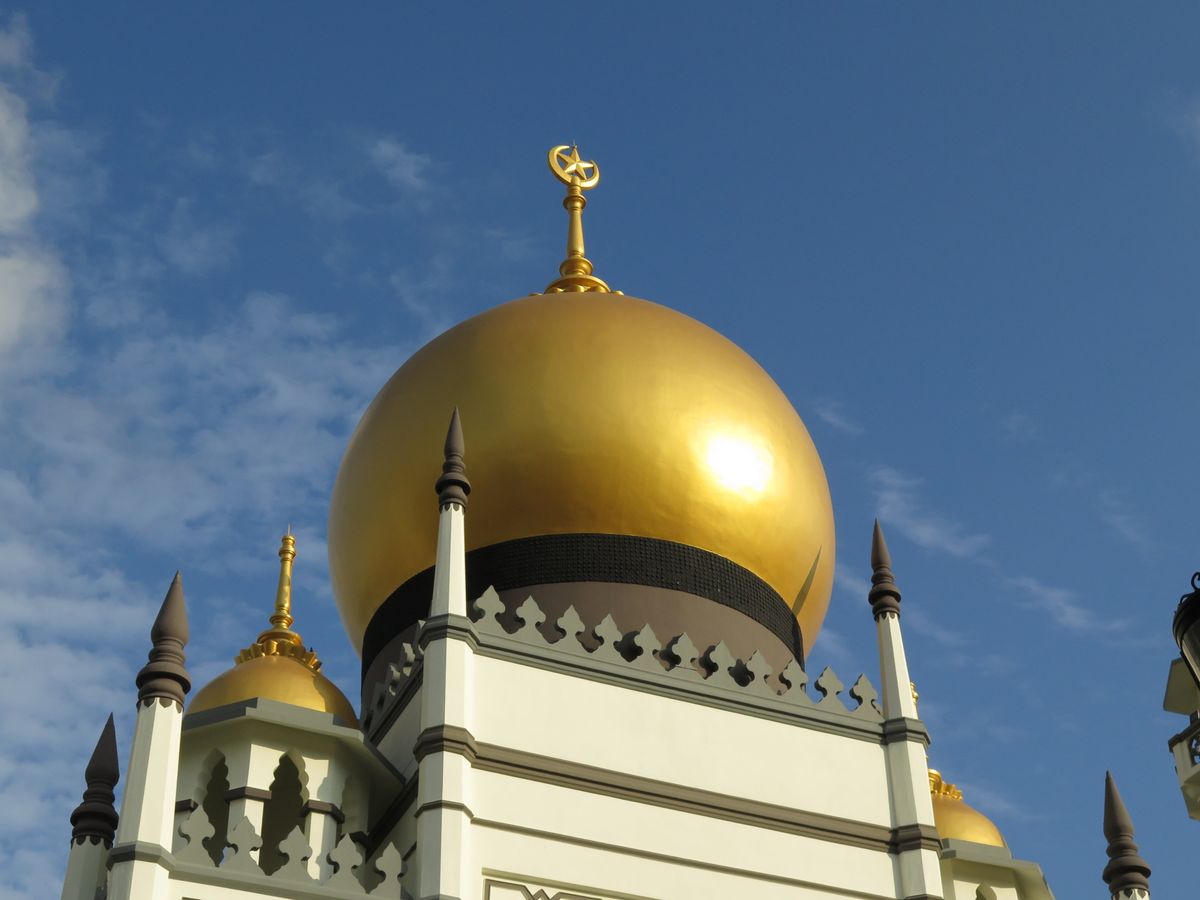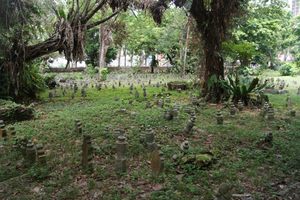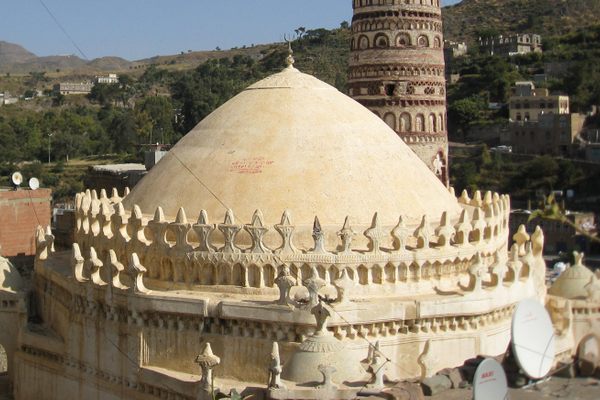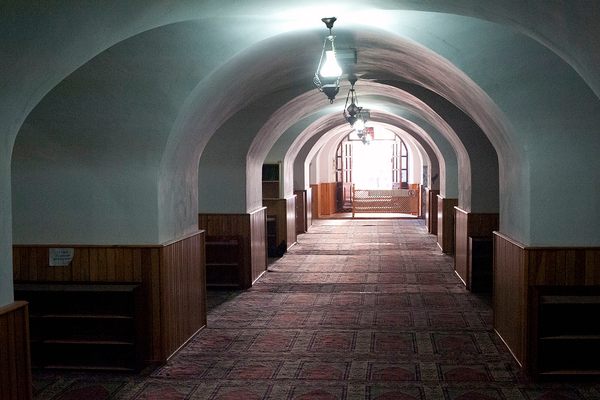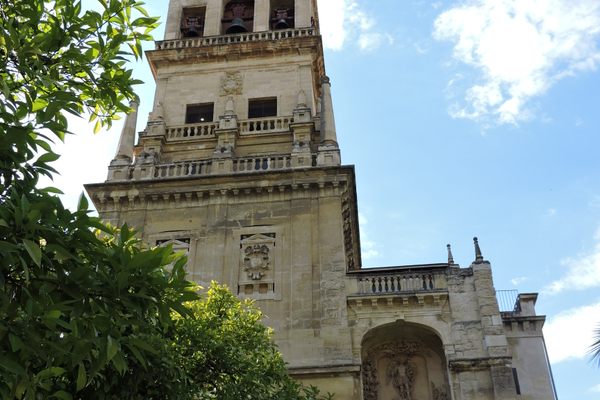About
Singapore's Sultan Mosque, designed in a Indo-Saracenic revival style, features two golden domes that impress from afar. Just below the domes are black rings of a slightly reflective material. A close look would reveal that the rings consist of the bases of black soy sauce bottles, sourced from poor Muslim families when the mosque was built.
The current Sultan Mosque is the second on the same site. As part of the initial negotiations between Sultan Hussein and Stamford Raffles for the British East India Company to trade in Singapore, the British donated money to construct a mosque that came to be known as Masjid Sultan, the Sultan Mosque. The initial mosque was constructed in 1826, featuring a double-tiered roof reminiscent of regional styles.
Plans for a reconstructed mosque began in 1924, when the original building was deemed to be beyond repair. Swan and Maclaren, Singapore's oldest architectural firm, took up building a new mosque in time for its centenary. The new Sultan Mosque was fully complete in 1932, a few years late.
Today, the bottle bottles glisten in the sun as an emblem of egalitarian ideals. A feature devised by architect Denis Santry, the bottles incorporated into the mosque's design symbolize the entire Muslim population, both the community grandees and impoverished devotees. Muslims from all walks of life, regardless of their wealth and power, ended up contributing to the most important mosque in Singapore.
Related Tags
Know Before You Go
The Mosque is an active religious site and therefore requires modest clothing to enter. Robes are available at the visitor center.
Community Contributors
Added By
Published
June 1, 2020




